Few oncogenes have shaped the landscape of cancer research as profoundly as KRAS. Since the first RAS mutation was identified in human bladder cancer cells in 1982, this small GTP-binding protein has fascinated scientists as both a mystery and a challenge. For four decades, KRAS symbolized what seemed impossible in drug discovery — earning its infamous label: “the undruggable target.”
This opening article in our KRAS series revisits the history and biology of RAS signaling, explores why KRAS long defied inhibition, and reviews the breakthrough discoveries that have rewritten that narrative in the 2020s. It also sets the stage for later installments, where we’ll dive deeper into wild-type KRAS, resistance mechanisms, and the race to design truly durable RAS-targeted therapies.
1. What Is KRAS? — The Foundation of the RAS Family
The RAS family consists of small GTPases that act as binary molecular switches controlling cell growth, differentiation, and survival. Among the three isoforms — HRAS, NRAS, and KRAS — KRAS is the most frequently mutated in human cancers.
RAS cycles between an inactive GDP-bound and an active GTP-bound state. Upstream receptor tyrosine kinases (RTKs) activate guanine nucleotide exchange factors (GEFs) such as SOS1, which swap GDP for GTP, turning the switch “on.” Mutations at residues G12, G13, or Q61 lock RAS in the GTP-bound state, driving continuous downstream signaling and uncontrolled proliferation.
- Pancreatic cancer: KRAS mutations in ≈ 90–95 % of cases
- Colorectal cancer: ≈ 40–50 %
- Lung adenocarcinoma: ≈ 30–35 %
This remarkable prevalence makes KRAS arguably the most important oncogenic driver in solid tumors — and a tantalizing yet elusive therapeutic target.
2. Why Was KRAS Considered “Undruggable”?
The structural challenges of KRAS lie at the heart of its resistance to conventional small-molecule design. Unlike kinases or nuclear receptors, KRAS presents a smooth surface lacking deep hydrophobic pockets. Its high-affinity GTP binding (in the nanomolar range) and picomolar intracellular concentrations make direct competition nearly impossible.
Furthermore, the RAS GTPase cycle operates on millisecond timescales, creating a constantly shifting conformational landscape that thwarted crystallography and ligand screening for decades. For much of modern oncology, the consensus was simple: RAS could not be inhibited directly.
3. The RAS Signaling Map — Two Major Downstream Pathways
Activated RAS triggers two main effector cascades:
- RAF–MEK–ERK pathway — governing proliferation and differentiation
- PI3K–AKT–mTOR pathway — regulating metabolism, protein synthesis, and survival
The balance between these arms differs among RAS alleles and tissue contexts. KRAS mutations, for example, can preferentially amplify either RAF–ERK or PI3K–AKT depending on the codon substitution and tumor type. Beyond these axes, RAS interacts with RAL-GDS, Tiam1, and other effectors, forming a dense, adaptive signaling network — a major reason single-pathway inhibitors have limited durability.
4. Breaking the Barrier — The Discovery of KRAS G12C Inhibitors
The paradigm shifted in 2013, when Kevan Shokat and colleagues at UCSF identified a previously hidden pocket near Switch II in KRAS G12C. This allosteric site contains a reactive cysteine that can form a covalent bond with specifically designed compounds, trapping KRAS in its inactive GDP-bound state.
This insight sparked a revolution. Amgen’s Sotorasib (Lumakras) and Mirati’s Adagrasib (Krazati) entered the clinic within years. In 2021, Sotorasib received FDA approval for non-small-cell lung cancer — the first drug ever to directly target KRAS. The “undruggable” dogma was finally overturned.
5. The Remaining Obstacles — Limited Scope and Emerging Resistance
While historic, G12C inhibitors address only a small subset of KRAS-mutant tumors. The G12C allele predominates in lung cancer but is rare in pancreatic or colorectal cancers, which are dominated by G12D, G12V, or G12R mutations lacking that reactive cysteine.
Even within G12C-positive cancers, resistance develops rapidly. Reactivation of upstream RTKs (EGFR, MET, FGFR) restores downstream signaling through wild-type RAS isoforms, effectively bypassing the inhibited mutant. Thus, KRAS inhibition alone is rarely sufficient — it must be paired with strategies that address WT-RAS feedback, a topic we will expand upon in Part 3.
6. The New Frontier — Multi-Target Inhibition, Degradation, and Immune Reprogramming
Contemporary RAS research is diversifying along three main trajectories:
- Dual mutant + wild-type RAS blockade: exemplified by Revolution Medicines’ RMC-7977, which targets both mutant and WT RAS(ON) states
- Pan-KRAS degraders: compounds such as ACBI3 that trigger proteasomal destruction of multiple KRAS variants simultaneously
- Immunologic synergy: leveraging KRAS inhibition to remodel the tumor microenvironment and enhance T-cell infiltration
All three approaches share one philosophical shift — from silencing a single allele to disrupting the entire RAS network.
7. The Quiet Partner — Wild-Type KRAS as a Hidden Driver
Recent studies have rewritten our understanding of wild-type KRAS. Long dismissed as a passive bystander, WT-KRAS can, under selective pressure, reactivate downstream pathways and sustain tumor viability. When mutant KRAS is inhibited, WT-RAS isoforms (KRAS, HRAS, NRAS) compensate via the PI3K–AKT branch or other parallel routes.
This adaptive feedback explains much of the resistance observed with selective KRAS inhibitors. Consequently, many next-generation agents are designed to suppress both mutant and WT RAS simultaneously — the “dual blockade” principle that underpins new RAS(ON) inhibitors and degraders.
8. The Competitive Landscape (as of 2025)
- Amgen — Sotorasib (Lumakras): first-in-class G12C inhibitor
- Mirati Therapeutics / BMS — Adagrasib (Krazati): second-generation G12C inhibitor
- Revolution Medicines — RMC-6236 (pan-RAS(ON)), RMC-7977 (mutant + WT RAS inhibitor)
- Boehringer Ingelheim / Novartis — SHP2 and SOS1 inhibitors targeting upstream activation
- Verastem / Black Diamond — novel RAF–MEK allosteric modulators
- Quantum-computing startups — AI / QC-driven discovery of novel pan-KRAS scaffolds (Nature 2025)
The RAS field has evolved from “blocking one mutant” to orchestrating a multidimensional control of signaling, degradation, and immune contexture — the next leap in precision oncology.
9. Outlook — From Mutant Inhibition to Network Control
KRAS research now represents a paradigm shift: the goal is no longer merely to silence a single mutant protein, but to modulate the dynamic network that sustains malignancy. This requires integrative strategies combining structural biology, systems pharmacology, and tumor immunology.
In Part 2, we will dissect the molecular and clinical diversity among KRAS alleles — G12D, G12V, G12R, and Q61 — and explore how each shapes tumor behavior, drug sensitivity, and immune interaction across pancreatic, lung, and colorectal cancers.
This article was produced by the Morningglorysciences Editorial Team.
Related articles


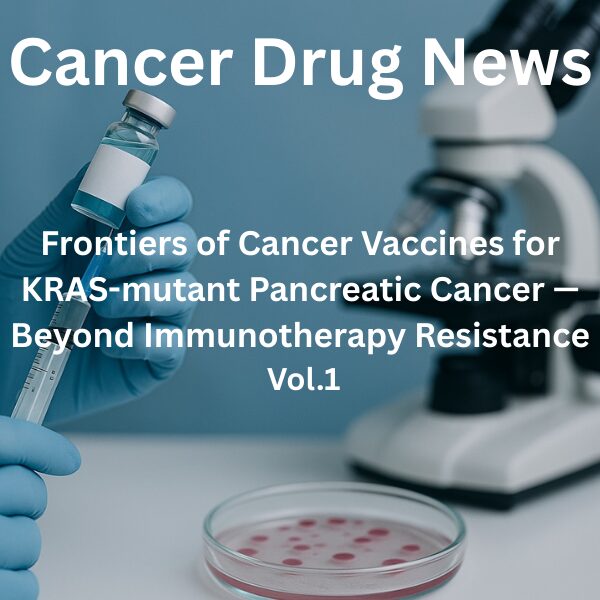
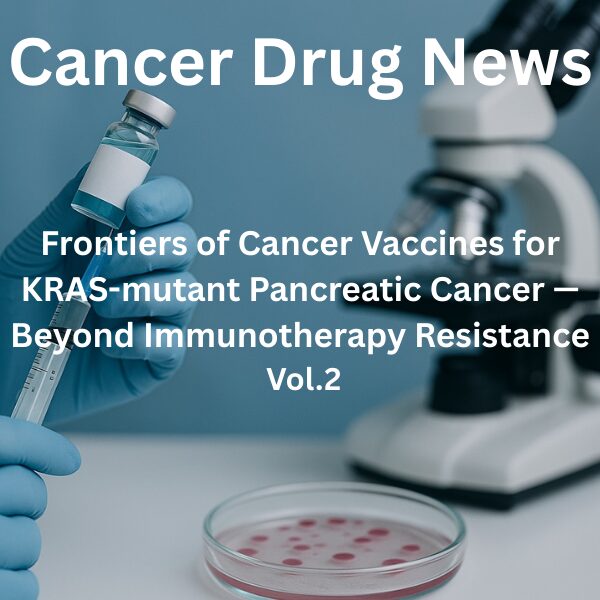
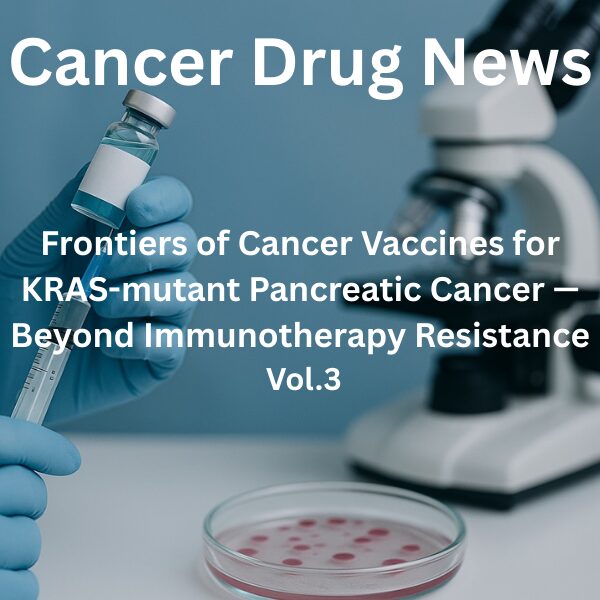
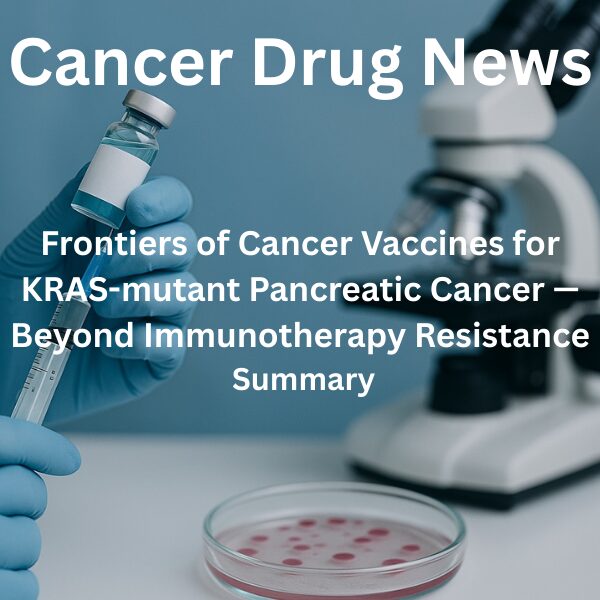


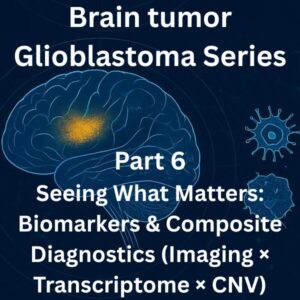
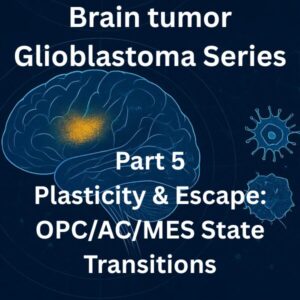
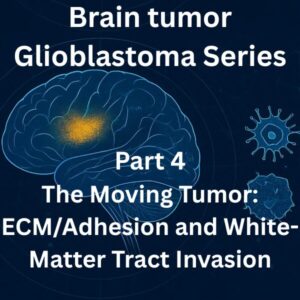
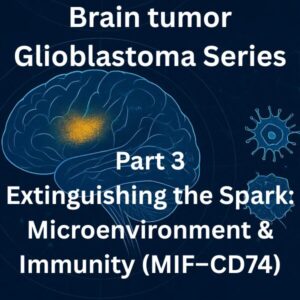
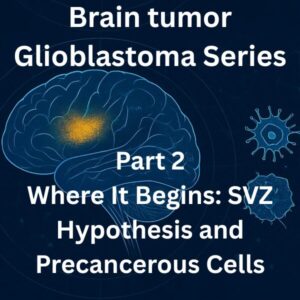
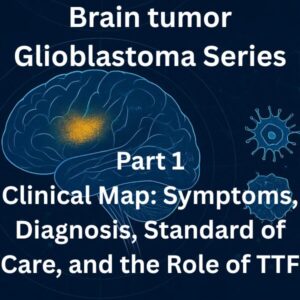
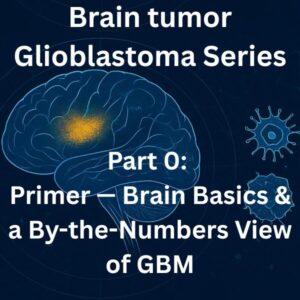
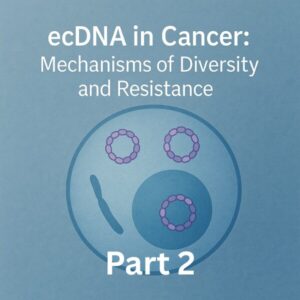
Comments